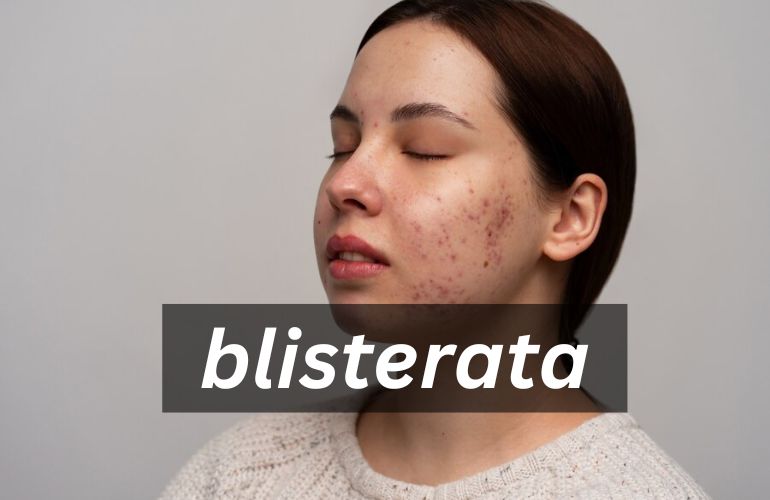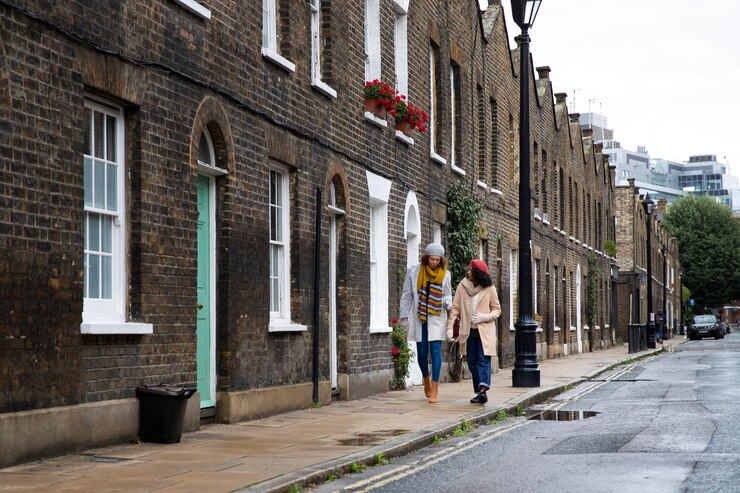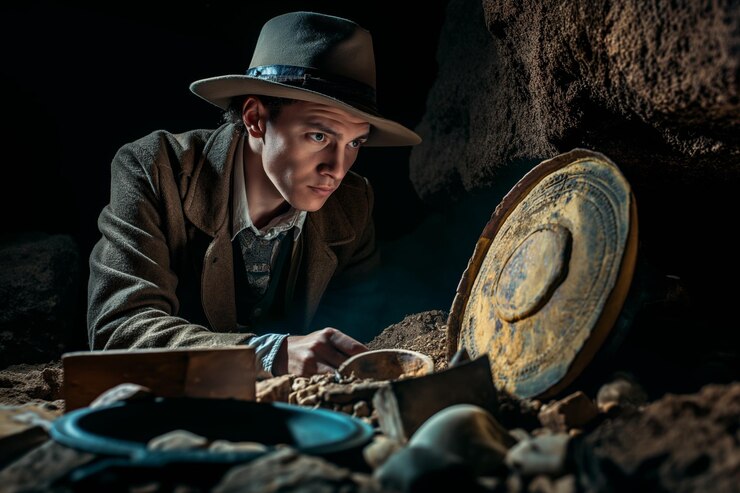
Introduction to Blisterata
Are you familiar with the term “blisterata“? If not, you might want to pay close attention because this isn’t just another medical condition. Blisterata is a condition that affects millions worldwide, causing immense discomfort and potentially leading to severe complications. Whether you’ve experienced it firsthand or know someone who has, understanding blisterata could be crucial for your well-being.
Overview and Importance
Blisterata is not just a skin condition; it’s a phenomenon that has puzzled medical experts and continues to impact lives across the globe. The importance of understanding blisterata goes beyond mere curiosity. It’s about recognizing the risks, the symptoms, and the necessary steps to manage or even prevent this condition from taking over your life.
What is Blisterata?
Blisterata is a medical condition characterized by the formation of blisters on the skin. These blisters can appear suddenly and without warning, often leading to intense pain and discomfort. But what exactly causes these blisters to form? The truth is, blisterata can be triggered by various factors, ranging from environmental influences to underlying health conditions.
Historical and Scientific Background of Blisterata
Origins and Evolution
Blisterata didn’t just appear out of nowhere. Historically, similar conditions have been documented, but it’s only in recent decades that blisterata has been recognized as a distinct condition. Over time, our understanding of its causes and effects has evolved, thanks to ongoing scientific research.
Scientific Research and Studies
Recent studies show that blisterata affects approximately 1 in 100,000 people annually. Research has linked the condition to several factors, including genetic predispositions and environmental triggers. Scientists are still unraveling the complexities of blisterata, but current studies provide valuable insights into its causes and potential treatments.
Blisterata in Popular Culture
While not as widely recognized as some other conditions, blisterata has found its way into popular culture. Movies, TV shows, and literature have all depicted characters suffering from mysterious blistering conditions, often dramatizing the severity of blisterata for emotional effect.
Understanding Blisterata: Causes and Risk Factors
Causes and Triggers
Blisterata can be caused by a variety of factors, making it a challenging condition to predict or prevent. The most common triggers include:
- Friction from tight or ill-fitting shoes
- Exposure to extreme temperatures
- Contact with certain chemicals or allergens
Environmental and Biological Influences
Environmental factors like humidity and temperature can significantly affect the likelihood of developing blisterata. Similarly, biological factors, such as an individual’s skin type and immune system, play a crucial role in determining susceptibility.
Allergens, Infections, and Autoimmune Reactions
Blisterata can also be triggered by allergic reactions, infections, or autoimmune responses. In some cases, the body’s immune system mistakenly attacks healthy skin cells, leading to blister formation.
Types and Varieties of Blisterata
Different Forms of Blisterata
Blisterata doesn’t come in just one form. There are multiple varieties, each with distinct characteristics. Some of the most common types include:
- Acute Blisterata: Rapid onset, often due to sudden environmental changes.
- Chronic Blisterata: Persistent blisters that may recur over time.
- Autoimmune Blisterata: Triggered by the body’s immune system attacking itself.
Surface Characteristics and Color Variations
The blisters caused by blisterata can vary in appearance. Some are small and filled with clear fluid, while others may be larger and more inflamed. Color variations can range from clear to red, depending on the severity and type of blisterata.
Recognizing Symptoms and Diagnosing
Early diagnosis is key to managing blisterata effectively. Symptoms to watch for include:
- Redness or warmth around the affected area
- Formation of fluid-filled blisters
- Pain or itching at the blister site
If you notice these signs, it’s essential to seek medical advice for a proper diagnosis.
How Blisterata Works: The Science Behind It
Mechanism of Action
Blisterata works by disrupting the skin’s natural barrier. When the outer layer of the skin is compromised, fluid accumulates beneath the surface, forming a blister. This process can be accelerated by friction, heat, or chemical exposure.

Composition and Features
Blisters caused by blisterata are typically filled with a clear or slightly cloudy fluid. This fluid serves as a cushion, protecting the underlying skin from further damage. However, if the blister ruptures, it can lead to infection or other complications.
Role in Blister Relief and Prevention
Understanding how blisterata blisters form is crucial for preventing and treating them. By reducing friction, avoiding irritants, and using protective barriers, you can minimize the risk of developing blisterata.
Treatment Options for Blisterata
At-Home Remedies
For mild cases of blisterata, at-home treatments can be effective. Some of these remedies include:
- Cold Compress: Reduces inflammation and soothes the affected area.
- Aloe Vera Gel: Known for its healing properties, aloe vera can speed up recovery.
- Antibacterial Ointments: Prevents infection in open blisters.
Medical Treatments: Topical Steroids, Antibiotics, and More
In more severe cases, medical intervention may be necessary. Treatments include:
- Topical Steroids: Reduces inflammation and accelerates healing.
- Antibiotics: Used if the blister becomes infected.
- Prescription Creams: Specialized treatments targeting blisterata.
Specialized Treatments and Products
There are also specialized products designed specifically for managing blisterata. These include advanced blister dressings that provide cushioning and protection, as well as products containing silver, known for its antimicrobial properties.
Prevention and Long-Term Management of Blisterata
Tips for Preventing Blisters
Preventing blisterata requires careful attention to your daily habits. Some effective strategies include:
- Wearing well-fitted shoes
- Keeping your feet dry and clean
- Using protective padding in high-friction areas
Importance of Proper Footwear and Hygiene
One of the simplest ways to prevent blisterata is by wearing proper footwear. Shoes that fit well and provide adequate support can drastically reduce the risk of blisters. Maintaining good hygiene is equally important to prevent infections that could exacerbate blisterata.
Long-Term Prevention Strategies
For those prone to blisterata, long-term prevention involves more than just occasional care. Consistently following good hygiene practices, wearing appropriate clothing, and avoiding known triggers are all essential.
Blisterata in Medicine and Technology
Advances in Medical Research
The medical field is continually advancing in its understanding of blisterata. Recent research has led to the development of new treatments that offer more effective relief for sufferers. Scientists are hopeful that ongoing studies will provide even better solutions in the near future.
Innovations in Blisterata-Related Technology
Technology is also playing a role in the fight against blisterata. Innovations include advanced diagnostic tools that allow for earlier detection and targeted treatments. Wearable devices that monitor skin conditions in real-time are also emerging, offering new hope for those affected by blisterata.
Future Directions and Research
Looking forward, the future of blisterata research is promising. Scientists are exploring new treatment modalities, including gene therapy and personalized medicine, to offer more precise and effective solutions.
Cultural, Social, and Psychological Aspects of Blisterata
Cultural and Symbolic Significance
Blisterata is not just a medical condition; it holds cultural significance in various societies. In some cultures, blisters are seen as symbols of endurance and resilience, while in others, they may be viewed as a sign of weakness or vulnerability.
Psychological and Social Implications
Living with blisterata can take a toll on a person’s mental health. The pain and discomfort, combined with the social stigma attached to visible blisters, can lead to feelings of embarrassment, anxiety, and depression. Addressing these psychological aspects is an essential part of managing the condition.
Blisterata in Literature and Art
Blisterata has also made its way into literature and art. It has been depicted as a metaphor for struggle and suffering in various works, highlighting the emotional and physical challenges faced by those who live with this condition.
Real-Life Success Stories and Testimonials
Experiences of Blisterata Users
Many individuals have shared their experiences with blisterata, offering hope and guidance to others. These success stories highlight the importance of early detection, effective treatment, and perseverance in overcoming the challenges posed by blisterata.
Comparison with Other Blister Solutions
Blisterata is often compared to other blister conditions, but what sets it apart is its unique combination of triggers and symptoms. Understanding these differences is crucial for selecting the most appropriate treatment.
Cost-Effectiveness and Availability
Treating blisterata doesn’t have to break the bank. There are cost-effective solutions available, ranging from at-home remedies to prescription treatments. Accessibility to these treatments is improving, making it easier for sufferers to find relief.
Conclusion: The Future of Blisterata
Summary of Key Points
Blisterata is a condition that requires attention and understanding. From its causes and symptoms to its treatment and prevention, being informed can make a significant difference in managing this condition effectively.
Potential Developments and Challenges
While there have been significant advances in the treatment of blisterata, challenges remain. Continued research and innovation are essential to address these issues and improve the lives of those affected by this condition.
Final Thoughts
Blisterata may be a daunting condition, but with the right knowledge and approach, it is manageable. Staying informed, seeking timely treatment, and adopting preventive measures can help you take control of your health and prevent blisterata from dictating your life.
FAQs
1. What exactly is blisterata, and how does it affect me?
Blisterata is a serious skin condition that leads to the sudden formation of painful blisters. These blisters can appear on various parts of the body, often causing discomfort and potential complications. If left untreated, blisterata can worsen, making it crucial to understand the condition and take action.
2. Can blisterata be prevented, or am I at risk no matter what I do?
While blisterata can be triggered by various factors, there are effective ways to reduce your risk. By wearing properly fitted shoes, maintaining good hygiene, and avoiding known triggers, you can significantly lower the chances of developing this condition.
3. What are the common symptoms of blisterata that I should watch out for?
The most common symptoms of blisterata include redness, warmth, and the sudden appearance of fluid-filled blisters. These symptoms often come with pain or itching in the affected area. Early recognition of these signs is key to managing the condition before it worsens.
4. Is there a cure for blisterata, or do I have to live with it forever?
While there isn’t a one-size-fits-all cure for blisterata, there are numerous treatments available that can effectively manage the condition. From at-home remedies to medical treatments, options like topical steroids and antibiotics can help alleviate symptoms and prevent flare-ups.
5. How can I manage blisterata long-term and prevent it from coming back?
Long-term management of blisterata involves consistent preventive measures. Wearing appropriate footwear, keeping your skin clean and dry, and avoiding environmental triggers are essential strategies. Staying vigilant and proactive can help you keep blisterata at bay and maintain your quality of life.









